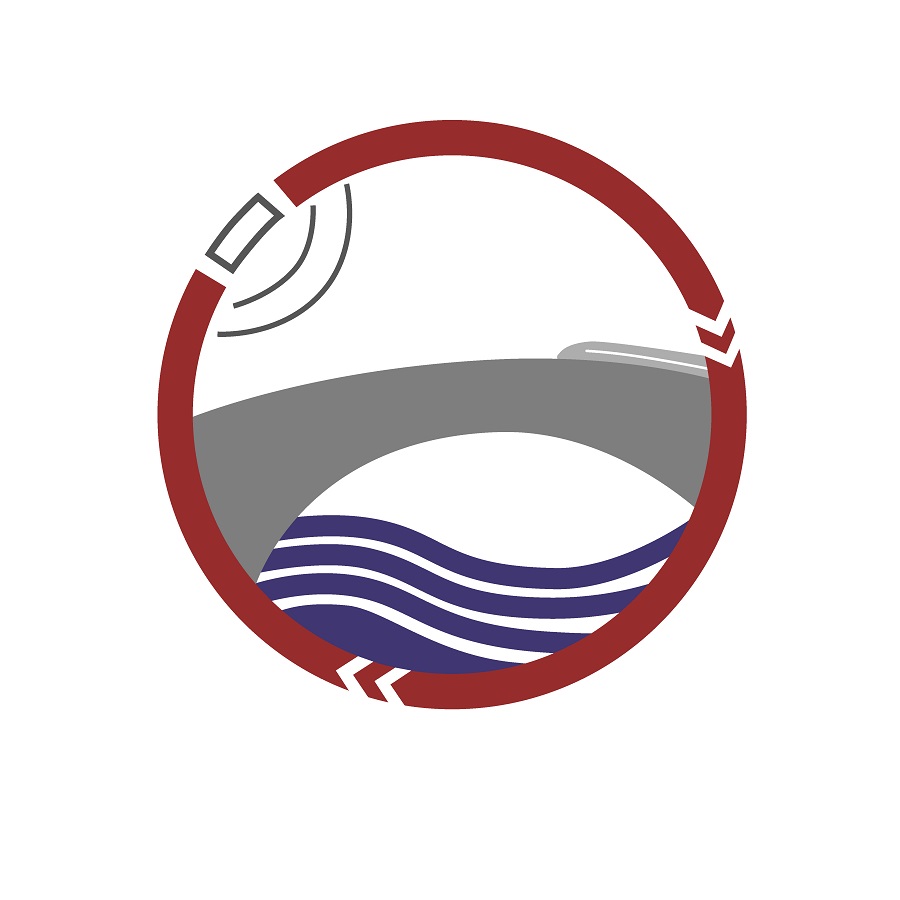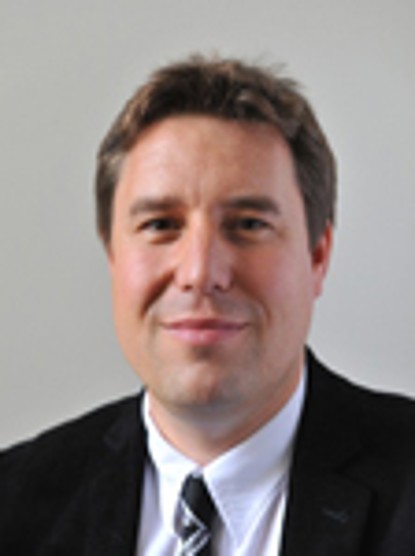| Project name |
Guiding Structures for Upstream Fish Migration: Modular guiding structures to enhance the findability of fish passes and block unfavorable migration corridors (DBU project 40063/01) |
|---|---|
| Acronym | LAuF |
| Project partner |
|
| Grantor | The German Federal Environmental Foundation (Deutsche Bundesstiftung Umwelt – DBU |
| Duration | July 1, 2025 to April 30, 2028 |
|
Research field |
E+E (E+E > Energy + Environment I+I > Information + Intelligence M+M > Matter + Materials) |
| Project content |
The decline in biodiversity within aquatic ecosystems is largely related to habitat loss caused by anthropogenic use and the associated structural modifications of water bodies. Restoring river connectivity is therefore a key objective of both national and international environmental strategies (including the EU Water Framework Directive, the German Water Resources Act, and the National Biodiversity Strategy). Fish passes are a crucial tool in achieving this goal. However, their effectiveness is often significantly limited – particularly in wide rivers with strong currents – due to poor findability. Conventional attraction flow concepts frequently prove insufficient under such conditions. Structural measures aimed at improving findability, such as temporary current deflection as well as physical or behavioral barriers, are currently under discussion. However, the functional effectiveness of these measures remains insufficiently demonstrated, and existing technical guidelines (e.g., DWA-M 509) provide no concrete recommendations for design or implementation. This research project aims to develop a modular guiding structure that directs aquatic organisms toward fish passes or suitable migration corridors, while simultaneously preventing them from entering ecologically unsuitable areas. The structure is intended to support various migration strategies (e.g., bottom-oriented, near-bank, main flow), remain effective over extended periods of time, be flood-resilient, and be easy to install. Based on robust hydraulic and biological criteria, the project will produce clear design and assessment guidelines intended for integration into future technical standards and to assist planners, authorities, and environmental consultants. |
Department of Civil and Environmental Engineering

Research project LAuF
Guiding Structures for Upstream Fish Migration: Modular guiding structures to enhance the findability of fish passes and block unfavorable migration corridors
Research project LAuF
Guiding Structures for Upstream Fish Migration: Modular guiding structures to enhance the findability of fish passes and block unfavorable migration corridors




